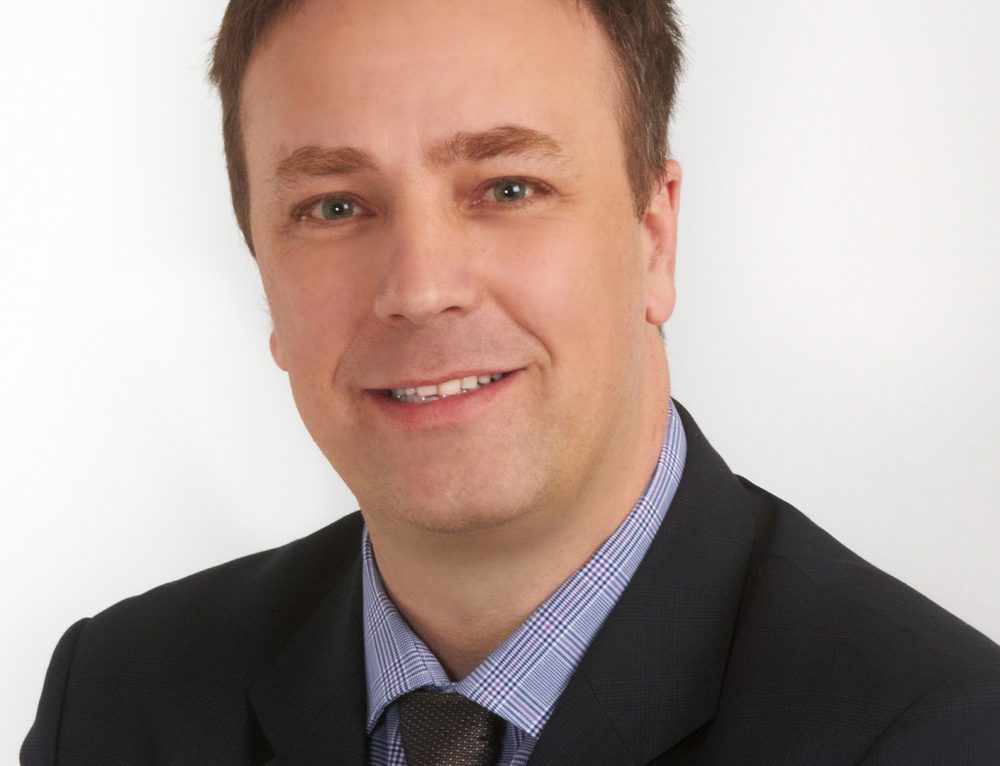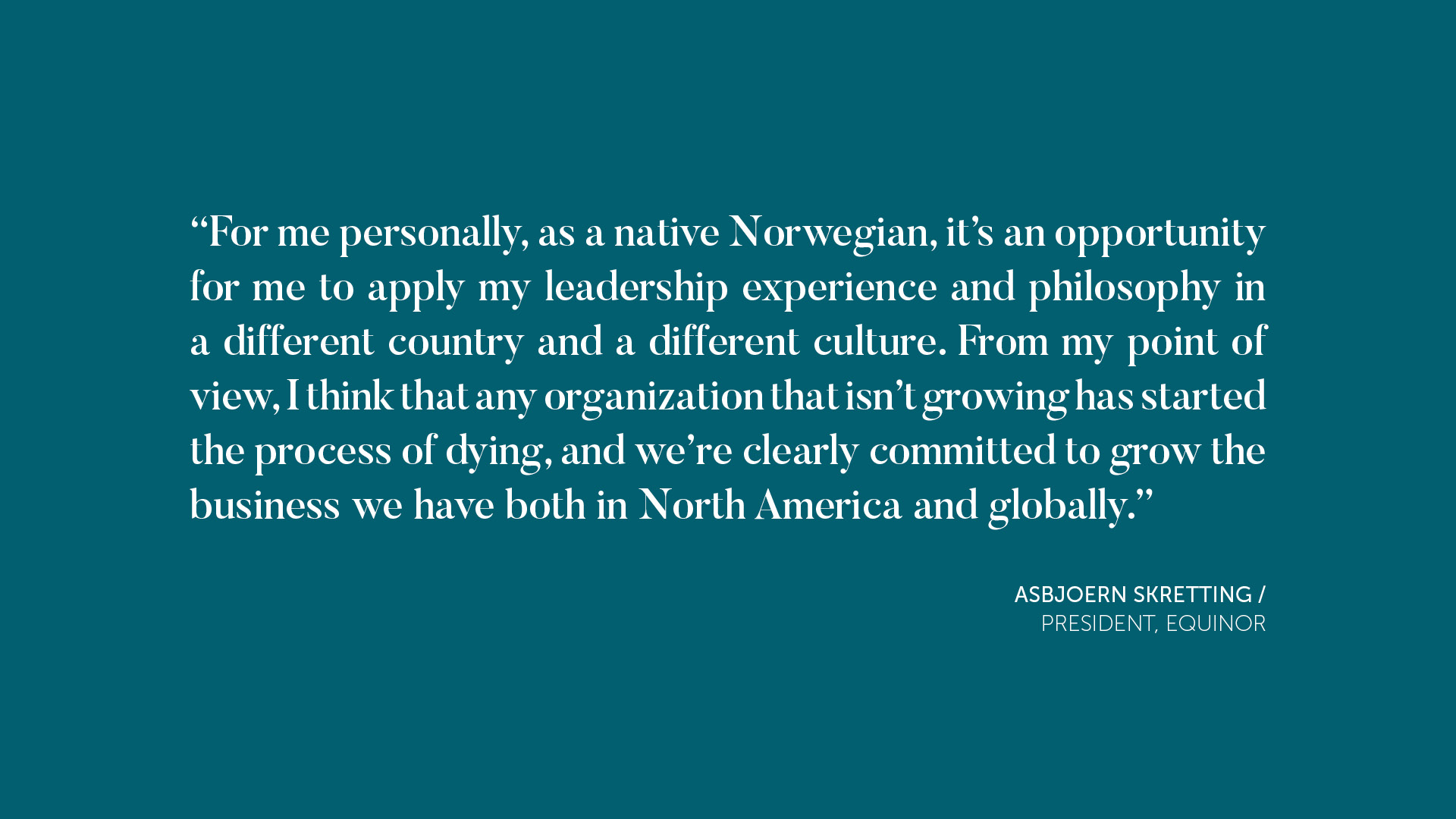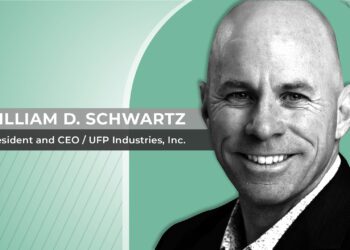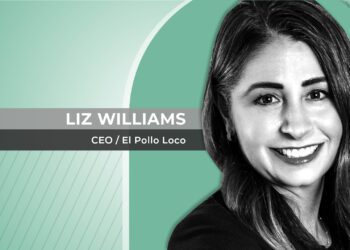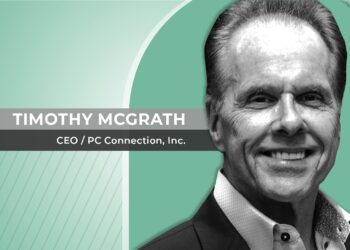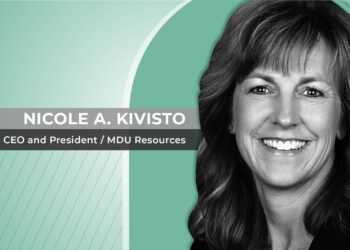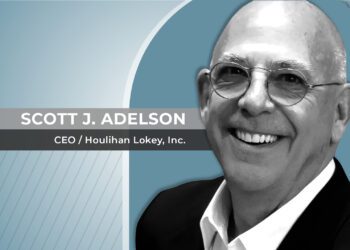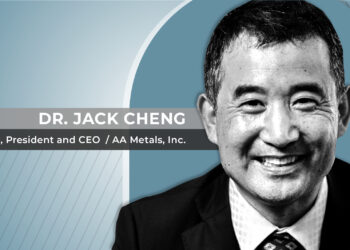Equinor President, Asbjorn Skretting, sees tremendous potential for the company amid a rapidly changing energy marketplace.
As Asbjorn Skretting, President of Equinor Marketing and Trading US Inc., sees three major changes sweeping through the energy industry and the commodity space more broadly: the transition from fossil fuels to renewables as companies and consumers increasingly embrace sustainability, a rebalancing of supply and demand on the back of shifting commodity prices, particularly for crude; and finally, a wave of digital disruption which is creating enormous opportunities, but also threats, for businesses and their customers.
“Just being part of the business at this time is exciting and energizing,” Skretting told CEO Magazine in an exclusive interview. “We have about 100 vessels moving product every day, and that gives us a global reach for the marketing and trading activities we have in North America, as well as giving me, as a trading manager, options and opportunities that I can prosper from.”
Equinor ASA (formerly Statoil and StatoilHydro) is a Norwegian multinational energy company headquartered in Stavanger, Norway. It is primarily a petroleum company, operating in 36 countries with a growing portfolio in renewable energy. In 2013, Equinor, or Statoil—as it was then known—was ranked by Forbes as the world’s eleventh largest oil and gas company by revenue and the twenty-sixth largest company by profit, in any industry, in the world.
Nevertheless, some of Equinor’s most exciting developments and innovations are currently taking place in North America. With its upstream activities managed from Houston, Texas, and its marketing and trading arm based in Stamford, Connecticut, the company is also rapidly becoming a leading partner in the US’s growing offshore wind industry.
“We have a sizeable portfolio from crude oil production and natural gas to refined products,” Skretting elaborated. “We’ve already made steps into electricity, and we’re currently developing our Empire wind projects in New York, and potentially, Massachusetts.”


Long-term commitment
Equinor ASA was created by the merger of Statoil and Norsk Hydro in 2007. Today, the company has access to a global fleet of vessels which move its product, as well as third party volumes, around the world. Furthermore, compared to other trading houses, Equinor has its own equity production which, according to Skretting, enables it to take on larger commitments than many other companies in its space.
“What’s more, we’ve shown through our moves in the marketplace that we really love to do it,” he emphasized. “As a huge upstream predominantly driven company with a trading arm, we can take on commitments that few others can, along with risks that enable us to negotiate different contracts than other producers and trading houses, and that gives us a competitive edge in the market.”
Plans for growth
Both traditional fossil fuels and renewable energy sources are part of Equinor’s growth plans, particularly in North America where it is moving into the electricity market, along with wind power through the Empire offshore wind project, which are planned for an area of 80,000 acres, in federal waters, an average of 20 miles south of Long Island, east of the Rockaway, with a view to powering over a million New York homes.
“I would say that our first and most visible change and growth will be into the electricity space,” Skretting explained. “The first phase of the Empire Wind project amounts to more than 800 megawatt hours of energy per day, and that in itself is a great opportunity to grow. Furthermore, when you have penetration of intermittent renewable energy sources into any market, that will create volatility. As traders, we are not scared of volatility—quite the opposite. It brings a lot more opportunity for organizations like ours to grow our business in the trading space.”
“Secondly, the US is growing its fossil production quite significantly. We see it very much on the crude side, and also in natural gas. Where we’ll grow first and foremost is in the crude exports down on the US Gulf of Mexico where we’ll source both equity produced crude and third party produced crudes and get them out on the seas. We have around 400,000 barrels of exports per day, and we aim to maintain, and potentially grow, that number as we go forward.”
In addition to strong relations with other consumer and customers of energy commodities, Skretting described two types of partnership that Equinor looks to cultivate with a view to successfully executing both the physical and financial sides of its business. On the one hand, the company subscribes to a number of different sources of market intelligence to remain abreast of market and industry trends. On the other, to physically move its product around the globe, Equinor has a fleet of over 100 sea-bound vessels and makes ample use of barges, railroads, pipelines, and storage facilities in order to stay competitive globally.
Digital disruption
Skretting explained how Equinor has split its digital strategy into three categories according to the company’s goals: to improve how they make decisions through the utilization of market intelligence and data gathering and processing; to improve how they execute those decisions, and finally, to achieve more efficient work processes.
“We see the fruits already in how it’s pushing our business forward,” Skretting said. “Currently, our business is very physical in that we focus on moving our product from location to location, but I think there are great opportunities for us to harvest if we become more financially sophisticated, trading forward markets, having a view on what happens a couple of years ahead, and then using digital capabilities to capture those values.”
While the philosophy of lean operating procedures is more closely associated with the manufacturing industry, Skretting insists that Equinor is enthusiastically applying the same principles to their own business—minimizing waste without sacrificing productivity, as well as incentivizing employees and being active in different industry spaces to learn from other businesses.
“What we’ve experienced is that this approach engages our people and creates an atmosphere where they’re not only allowed, but also expected, to bring forward proposals for improvements or changes (…) Personally, I have a firm belief that my people know the business a lot better than I do. I can set direction and establish frameworks, but my team knows best what they need to do and what they need to fix.”
As a business leader in an industry that is changing rapidly, Skretting takes great pride in his responsibility to guide an entire organization through such a transformation and to set the direction and shape of where Equinor’s North American marketing and trading operations are going—an experience he finds incredibly rewarding, particularly as a European working in the United States.

